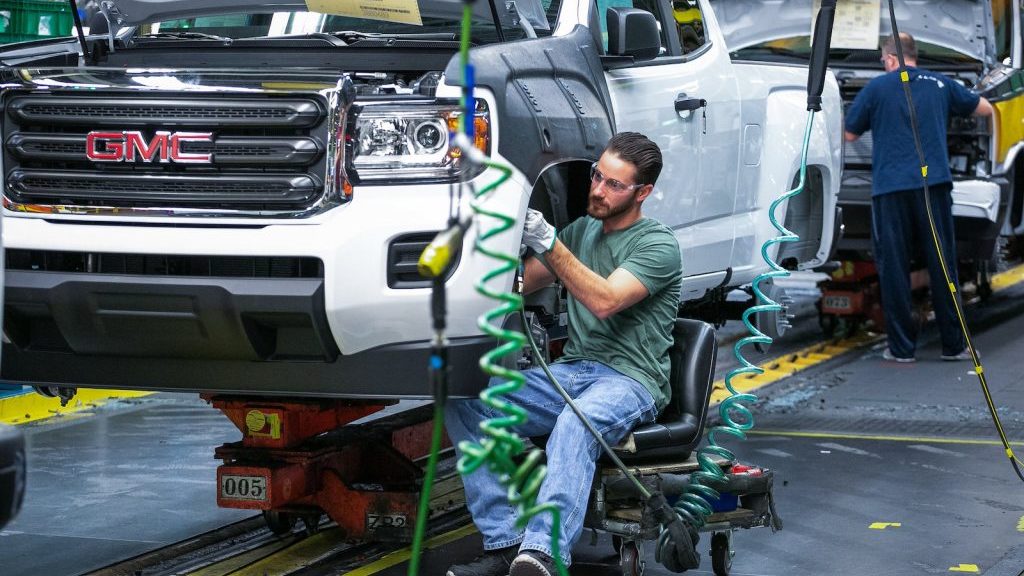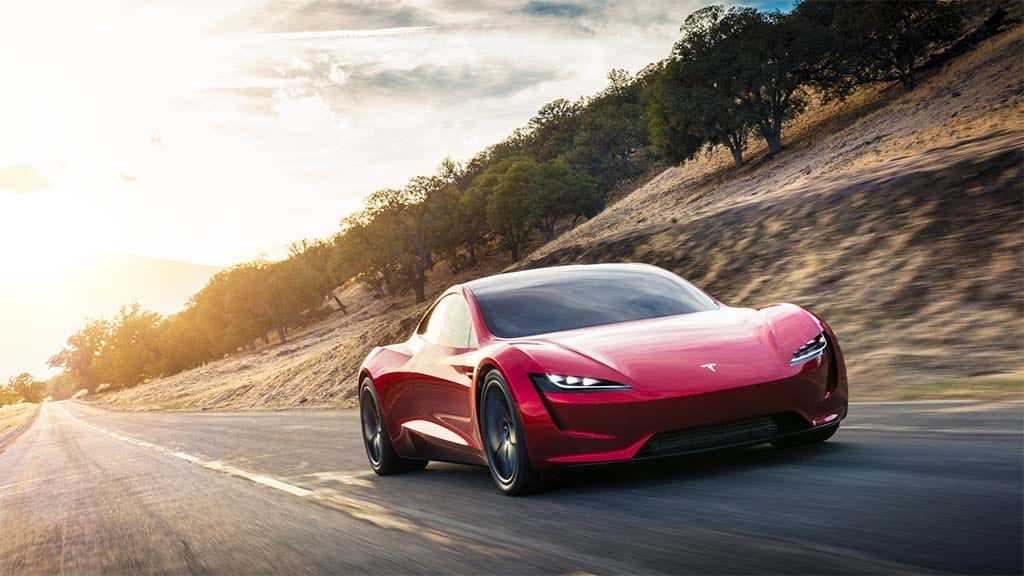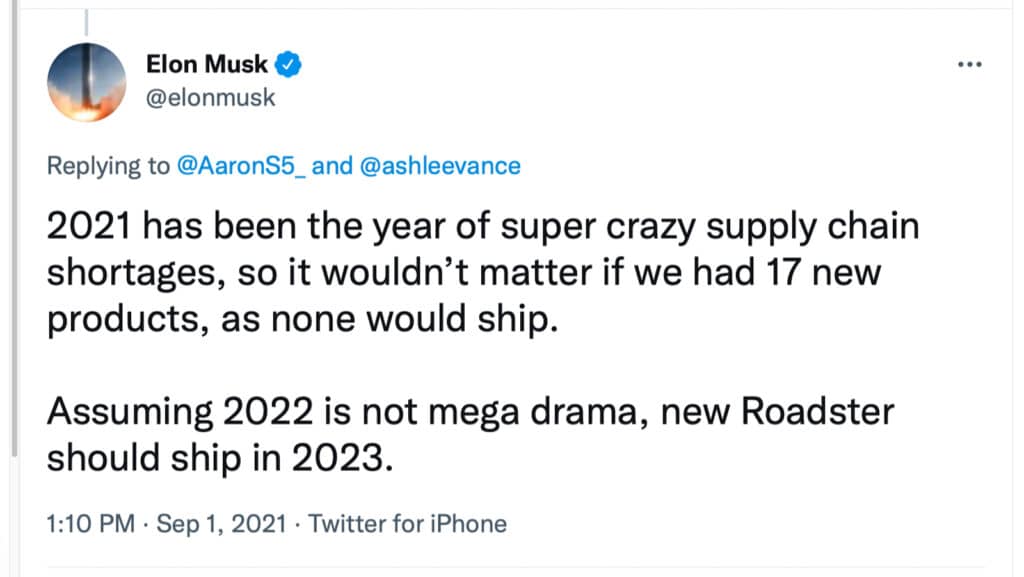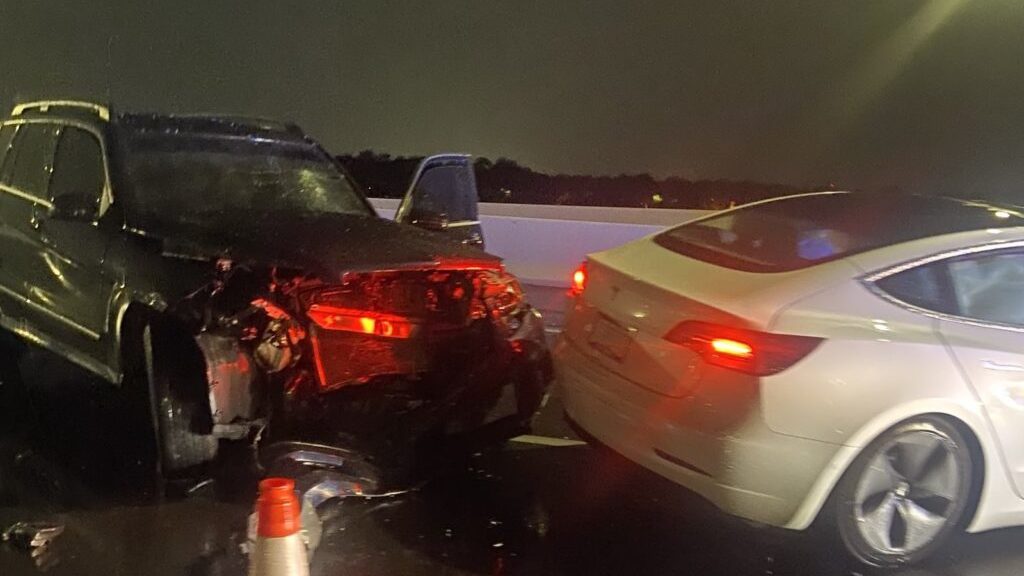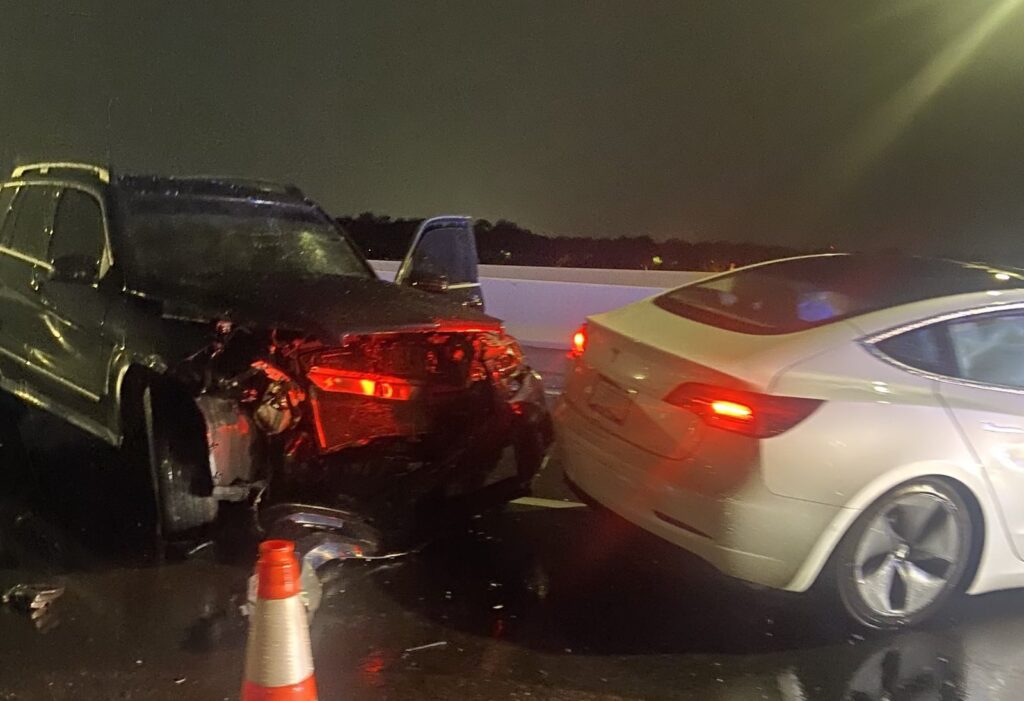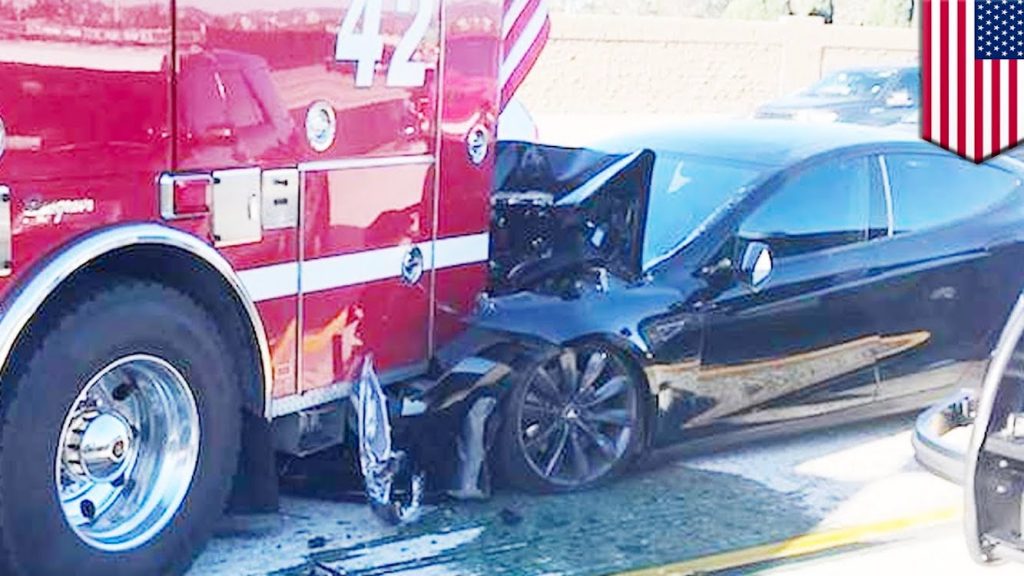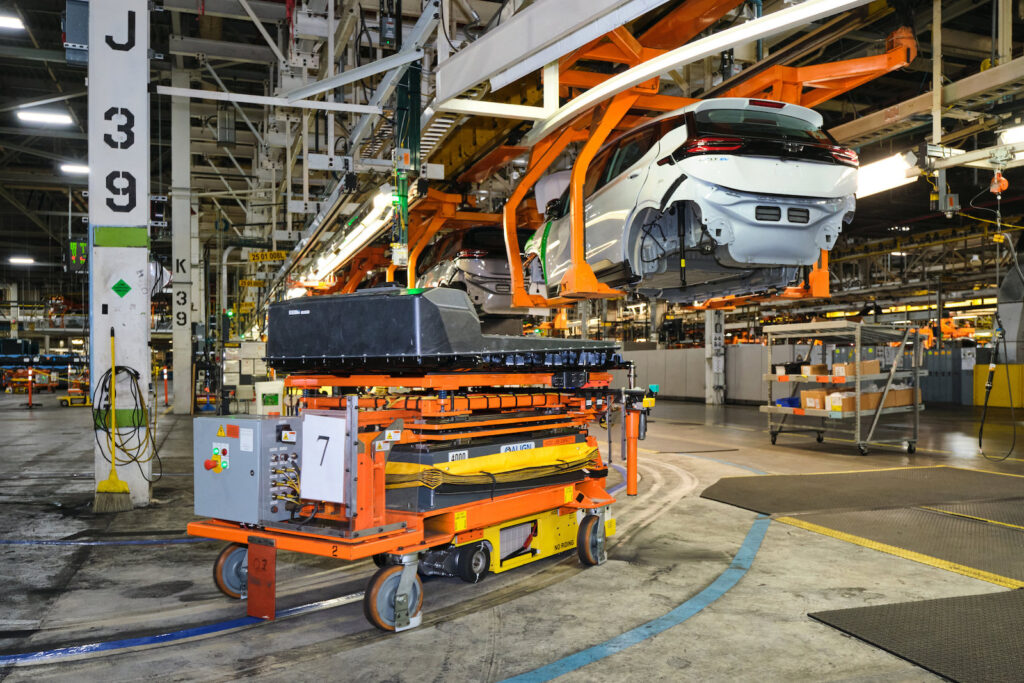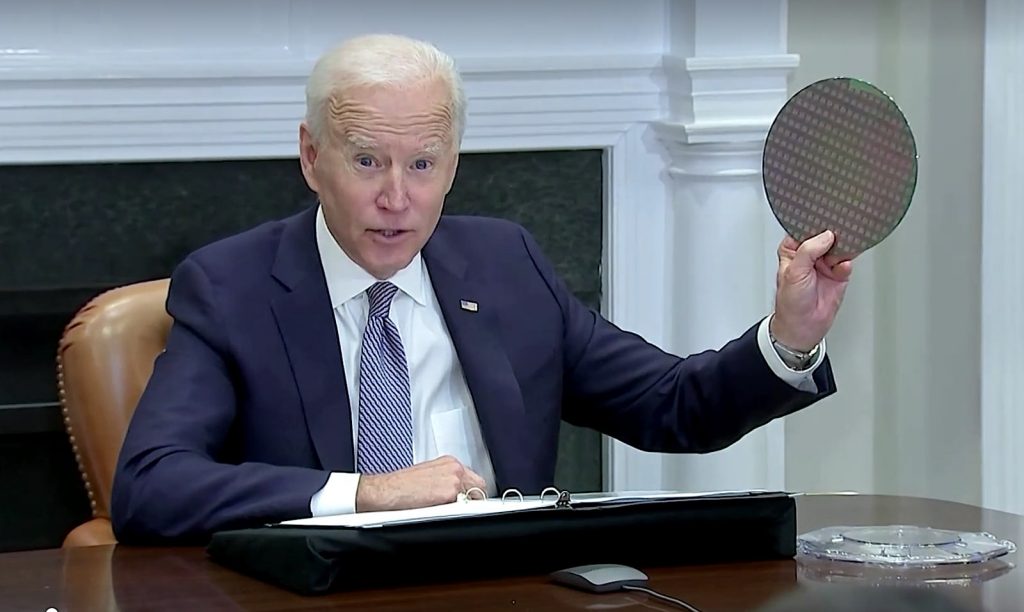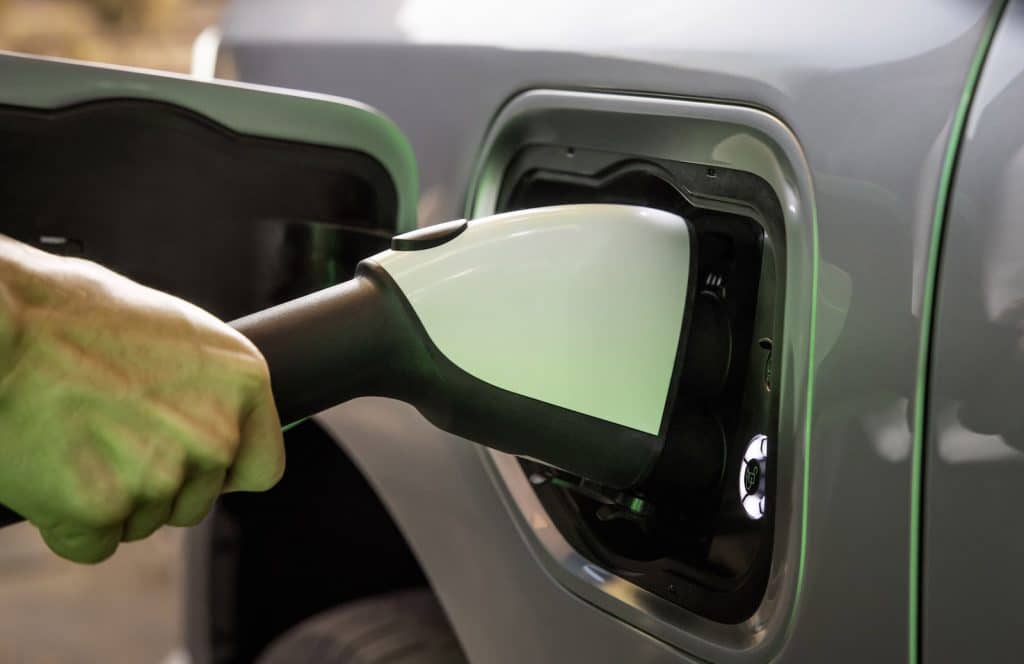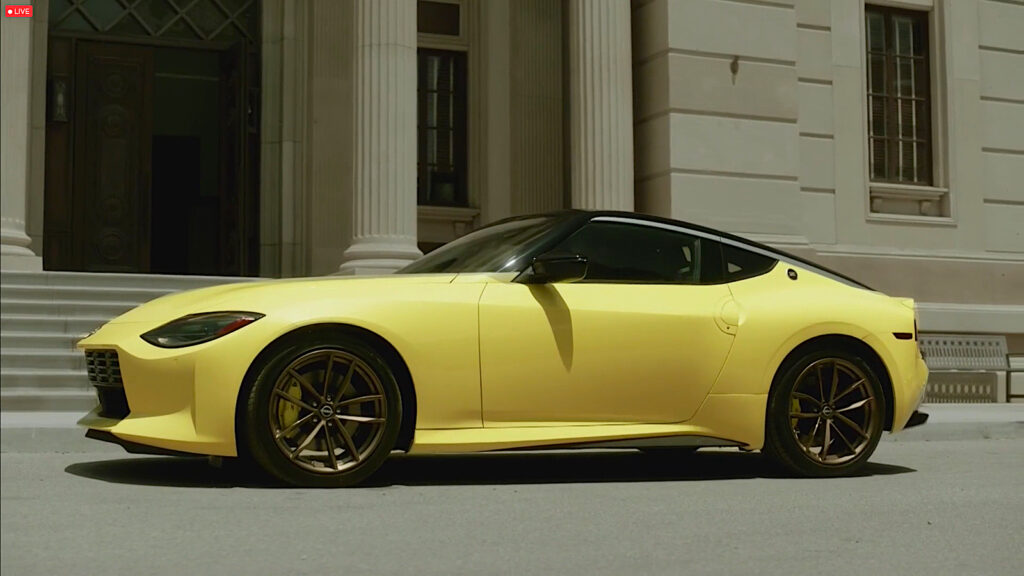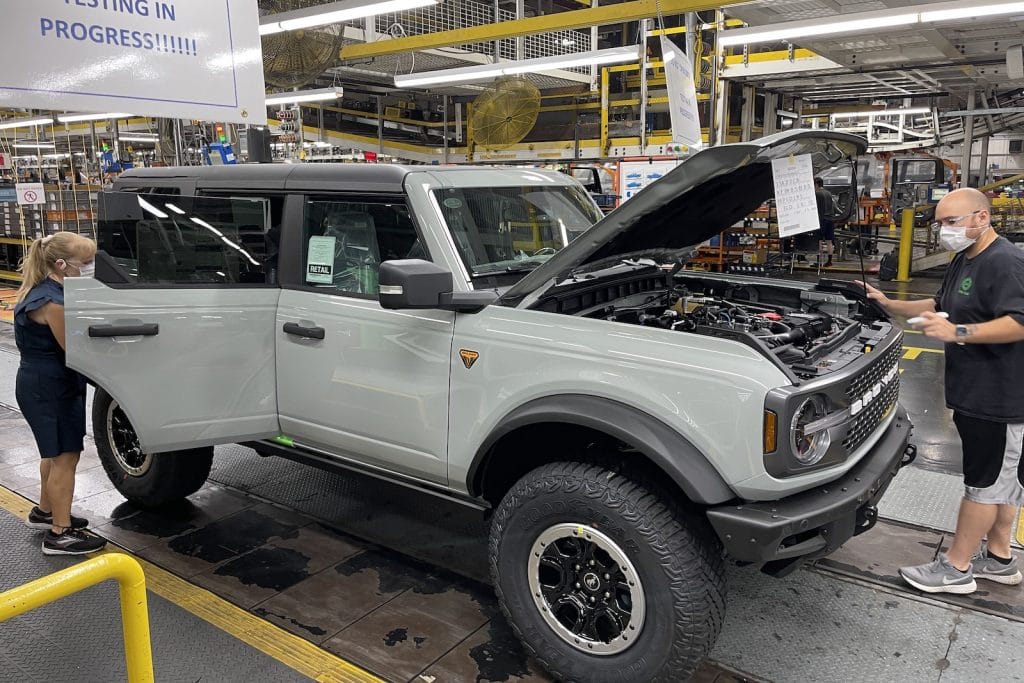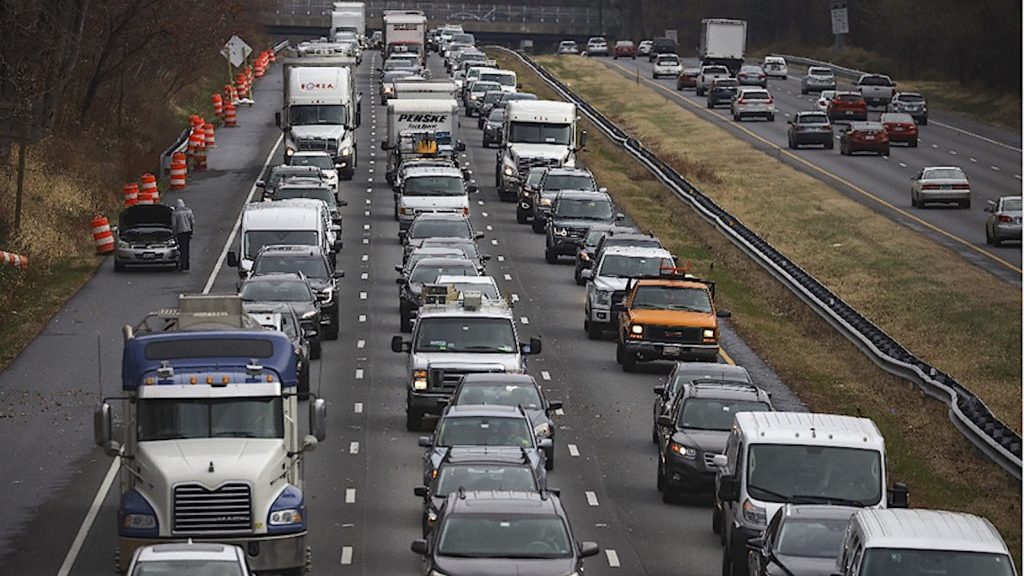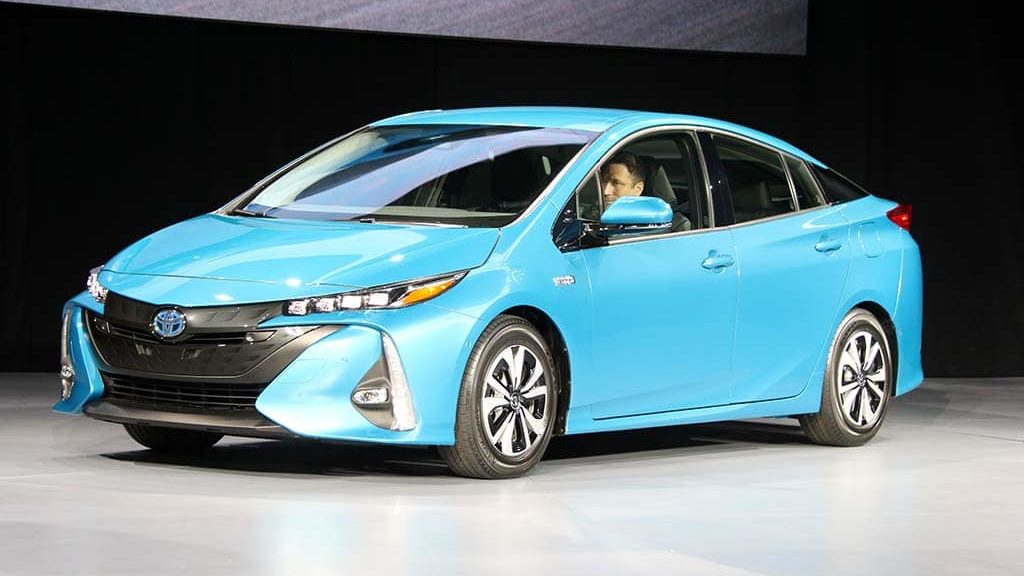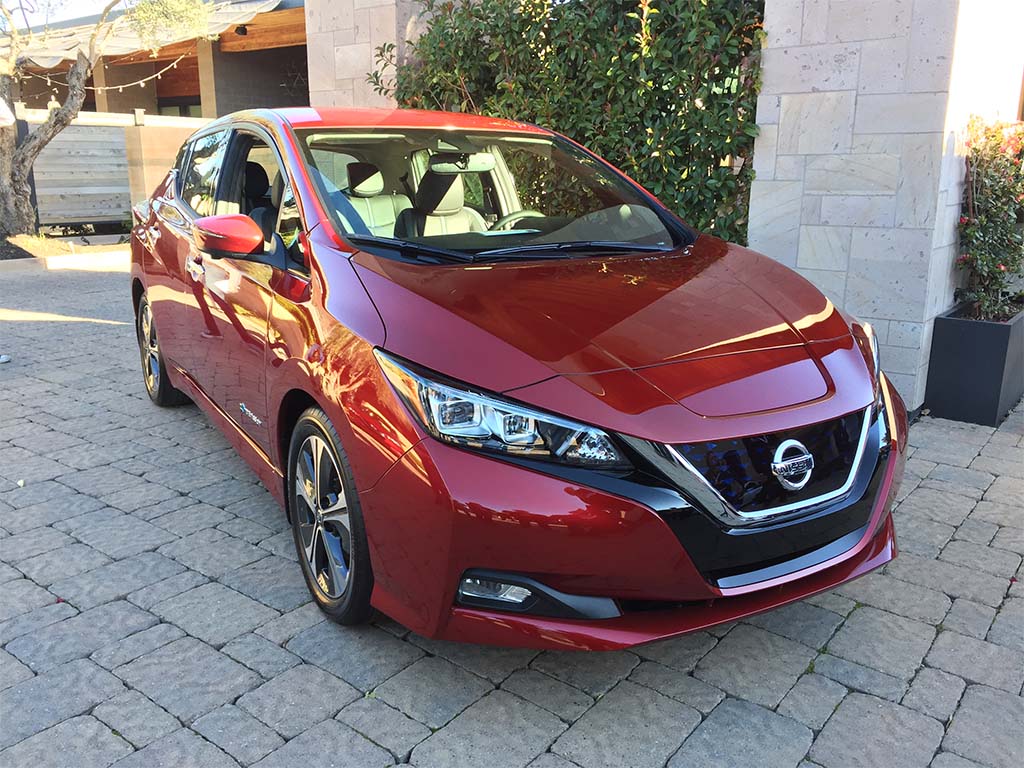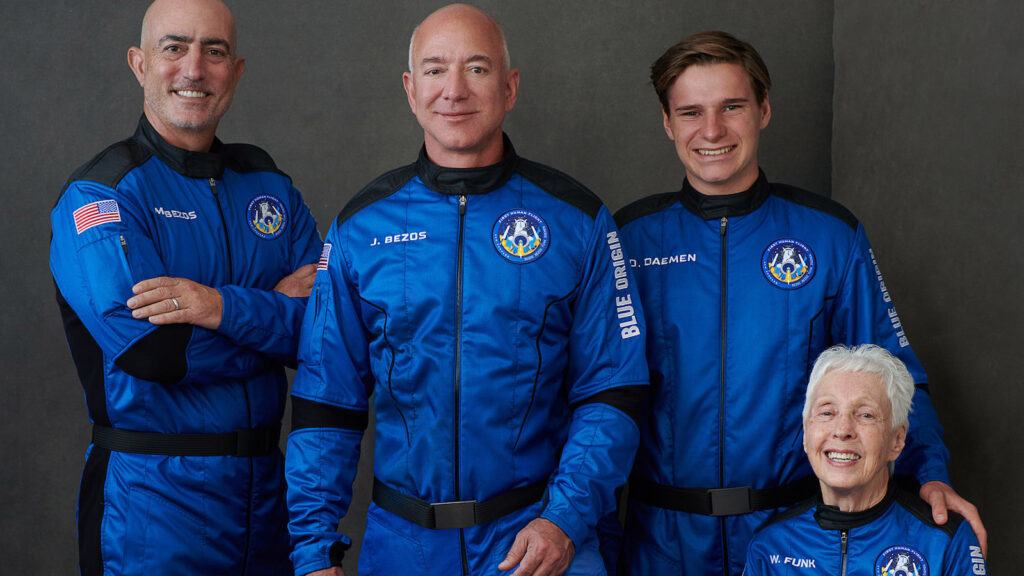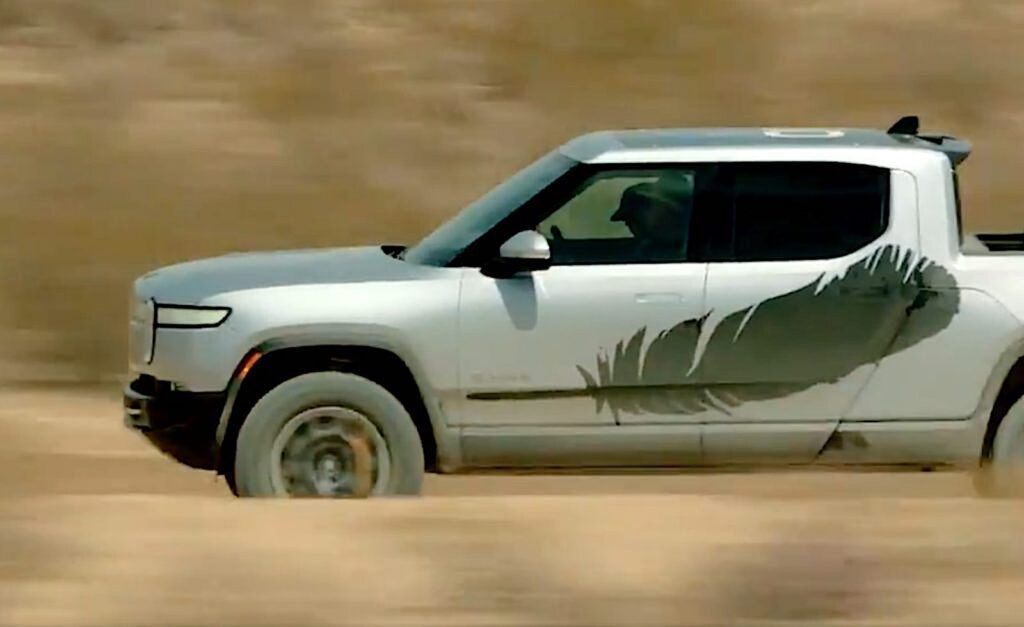The shortage of microchips continues to drag on, forcing General Motors to idle virtually all of its North American production operations for as long as two weeks — though the automaker could yet extend this latest shutdown.
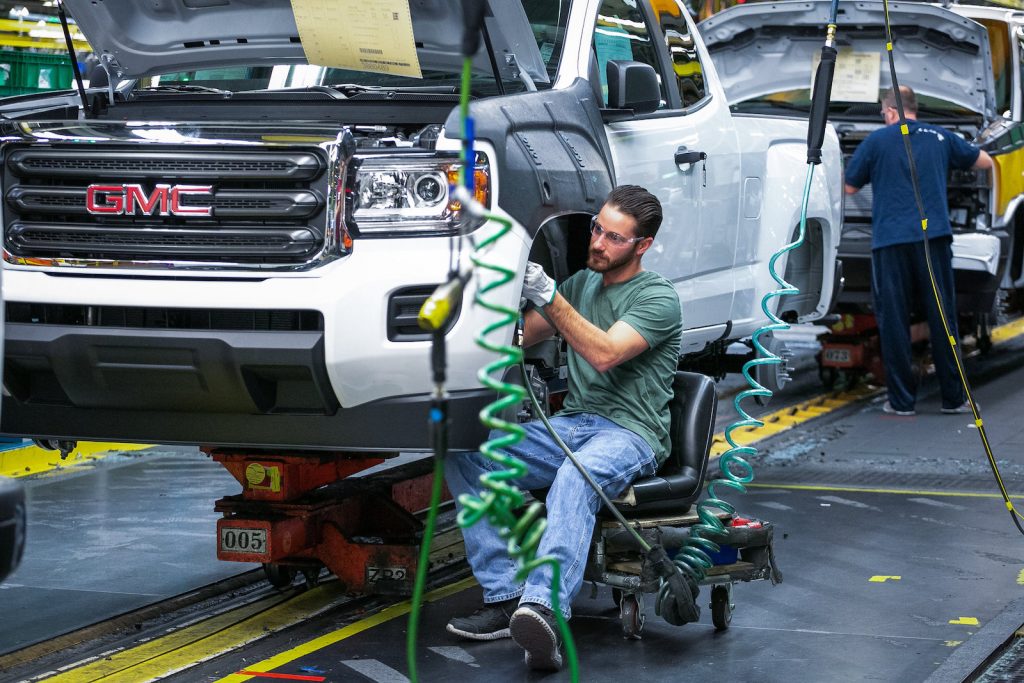
GM is just one on a long list that includes virtually every automaker hit by the shortage — and its impact is being felt just about everywhere, from Stuttgart to Detroit to Beijing.
Industry planners hoped to put the shortages behind them by now. Barely a month ago, GM had signaled it had come up with new sources for some of the chips it needed. But that clearly didn’t meet its requirements.
No light at the end of this tunnel
The automaker will either close or extend closures at plants, such as the one in Wentzville, Missouri producing its Chevrolet Colorado and GMC Canyon pickups, another in Canada building the Chevy Equinox SUV, and the Ramos Arizpe facility in Mexico that assembles products like the Chevy Blazer SUV. All four of its North American brands will feel the heat.
Like some of its competitors, the automaker had been partially assembling vehicles, where possible, and then storing them until it could come up with the missing chips and electronic components. So, in some instances, GM will try to take advantage of the upcoming closures. It has secured enough chips, in some cases, to let it “repair and ship unfinished vehicles,” it said in a statement.
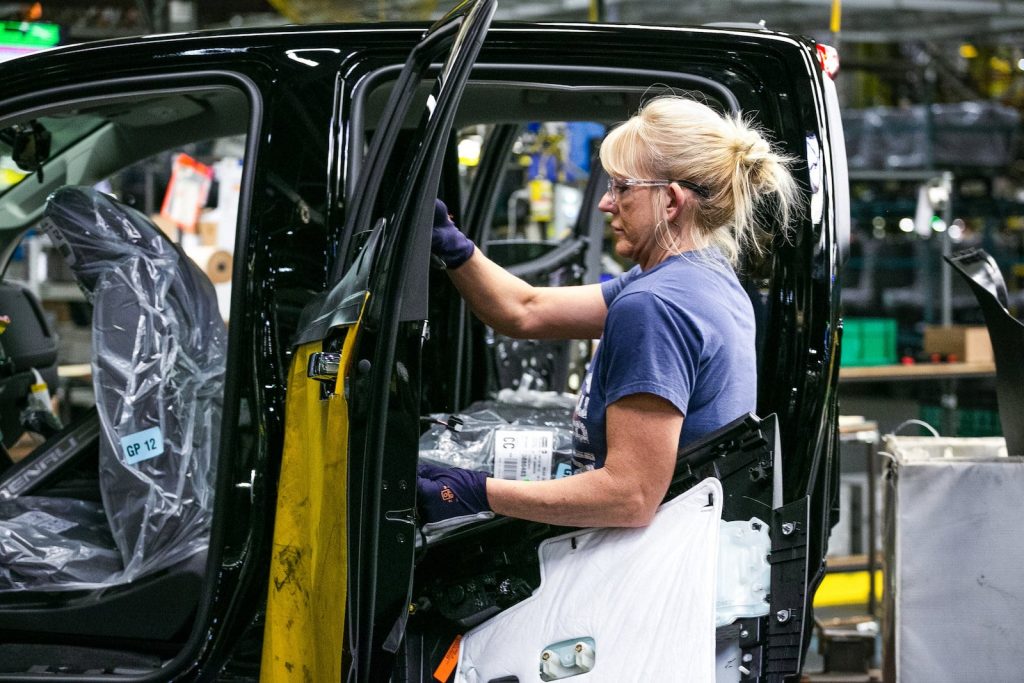
It was not revealed just how much production GM will lose due to the coming closures but some of those plants routinely produce more than 60 vehicles an hour on two or three shifts, many working overtime — when possible — to help rebuild inventories already drawn down as a result of last year’s pandemic closures.
Empty lots
Company officials indicated GM dealers now have barely half their normal stock of cars, trucks and crossovers which, this time of year, would run between 60- and 70-days’ supply.
Among the dealers TheDetroitBureau.com talked to, some indicated they have less than 10 vehicles in stock and are not sure when they will get more, especially when it comes to popular product lines like the Chevrolet Silverado and GMC Sierra pickups.
And they’re not alone. Toyota has barely 10 days worth of some of its most popular vehicles, like the RAV4 SUV. The automaker last month warned it would cut global production by 40% this month, so shortages could, if possible, get even worse. In recent days, Stellantis, Nissan and Ford, among others, have announced further cuts.

Consumers paying the price
In turn, customers have been forced to either wait, extend their search or, in many cases, pay at or above sticker price. Some social media reports have highlighted dealer surcharges ranging anywhere from $5,000 to as much as $40,000 above MSRP.
That helped drive average transaction prices to a record of more than $41,000 in July, according to Cox Automotive, J.D. Power and other analysts. The figure is widely expected to have run even higher in August.
Sales for the month came in at an estimated, annualized rate of about 13.1 million, down from as high as 18.5 million earlier in the year.
The Labor Day weekend is normally one of the busier holidays at U.S. dealer showrooms but there is little hope, according to industry insiders, that it will generate anywhere near the normal levels seen in past years.
For GREAT deals on a new or used Land Rover check out Land Rover Cincinnati TODAY!
